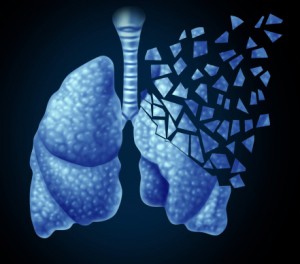 Tattoos are more common than ever. It is now estimated that 21 percent of adults have tattoos, and approximately 36 percent of those ages 18-25 have them. Before getting a tattoo, one must consider many things, including the health risks.
Tattoos are more common than ever. It is now estimated that 21 percent of adults have tattoos, and approximately 36 percent of those ages 18-25 have them. Before getting a tattoo, one must consider many things, including the health risks.
Using unsterilized or used needles and equipment can cause serious health problems, such as HIV and hepatitis. Even if everything is sterile however, there are still risks associated with getting a tattoo.
Tattoo sites can easily become infected when contaminated or expired ink is used and enters the bloodstream. The first signs of an infection usually take place two to three weeks later. Red rashes, swelling, pain, and a pus-like discharge are all common early symptoms of an infection. Pain, fever, chills, and sweats can develop if the infection is not treated. A doctor can prescribe antibiotics to treat an infection.
An allergic reaction to the dyes used in tattoo ink is another cause for concern, specifically the red, blue, yellow, and green dyes. Some people are allergic, but don’t realize it until after they get a tattoo. An allergic reaction can result in an itchy rash or skin bumps at the tattoo site. Allergic reactions can occur immediately, or several months or years later.
Other potential problems associated with tattoos include keloid scarring and sensitivity to MRI exams.
If you do decide to get a tattoo, follow these simple steps to minimize the chances for complications.
• Go to a registered tattoo parlor with licensed tattoo artists.
• Inquire about the expiration date of the ink.
• Make sure inks being used are approved for tattoos.
• Carefully follow aftercare instructions.
• See a doctor immediately if you think you have an infection.
Deciding to get a tattoo is an important decision and should not be taken lightly. You should be informed to make the best decision and do what is safe and best for you.
For more hospital highlights, health and fitness information click below to visit us on Twitter and Facebook:
All content of this newsletter is intended for general information purposes only and is not intended or implied to be a substitute for professional medical advice, diagnosis or treatment. Please consult a medical professional before adopting any of the suggestions on this page. You must never disregard professional medical advice or delay seeking medical treatment based upon any content of this newsletter. PROMPTLY CONSULT YOUR PHYSICIAN OR CALL 911 IF YOU BELIEVE YOU HAVE A MEDICAL EMERGENCY.

